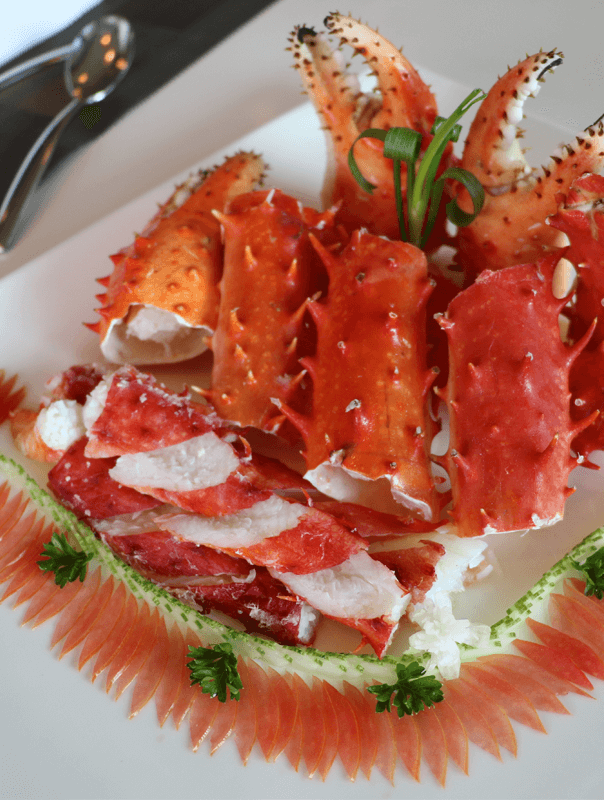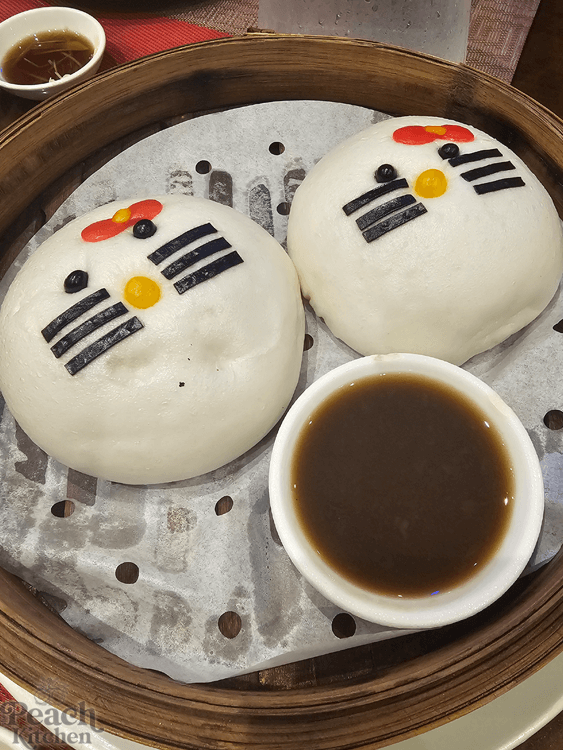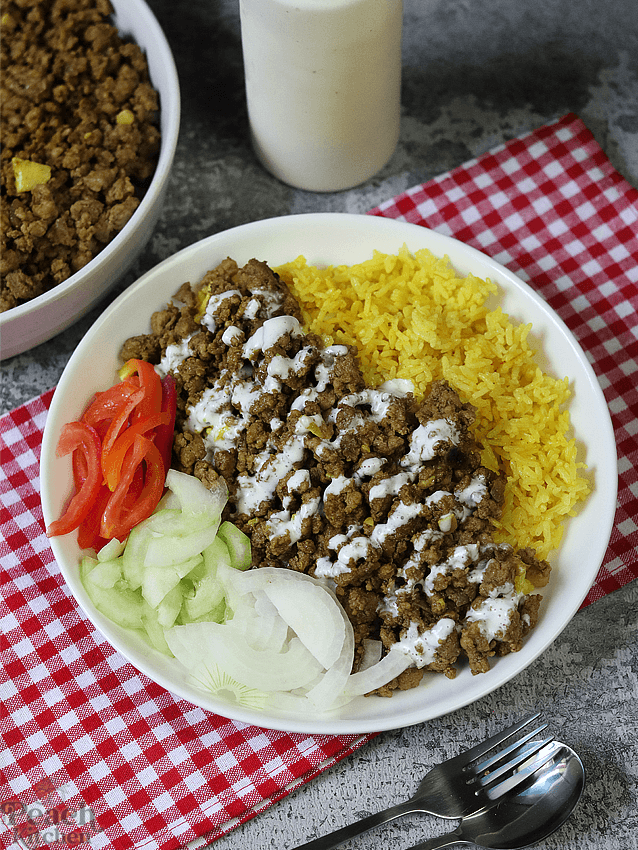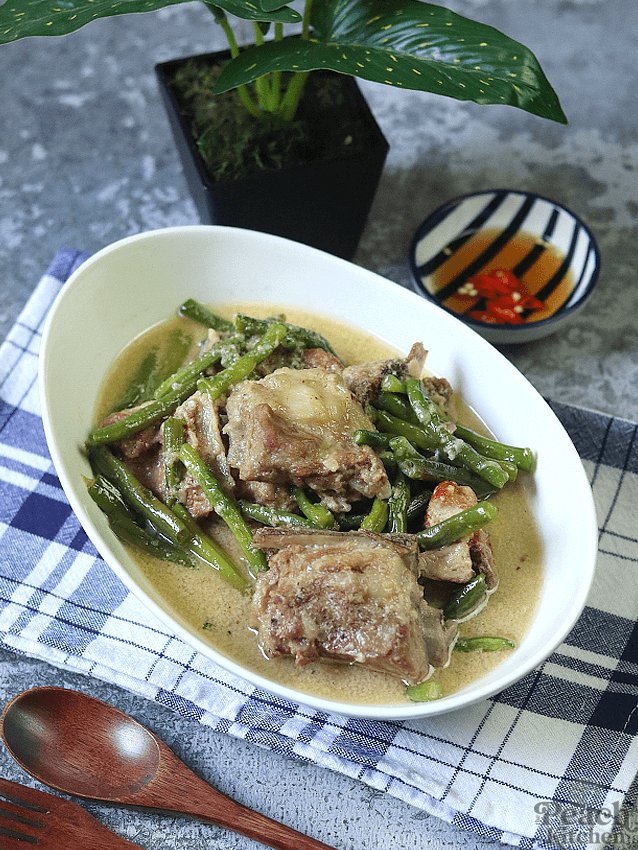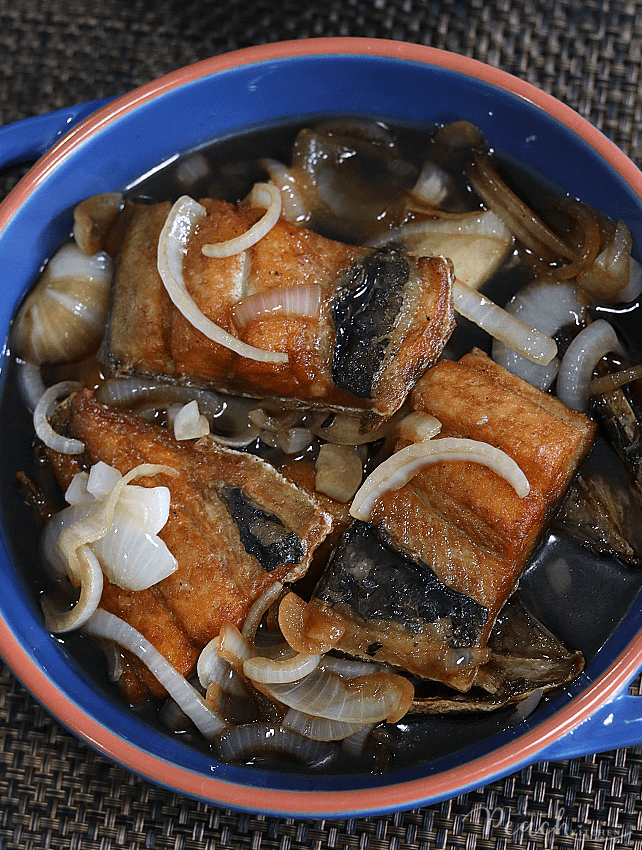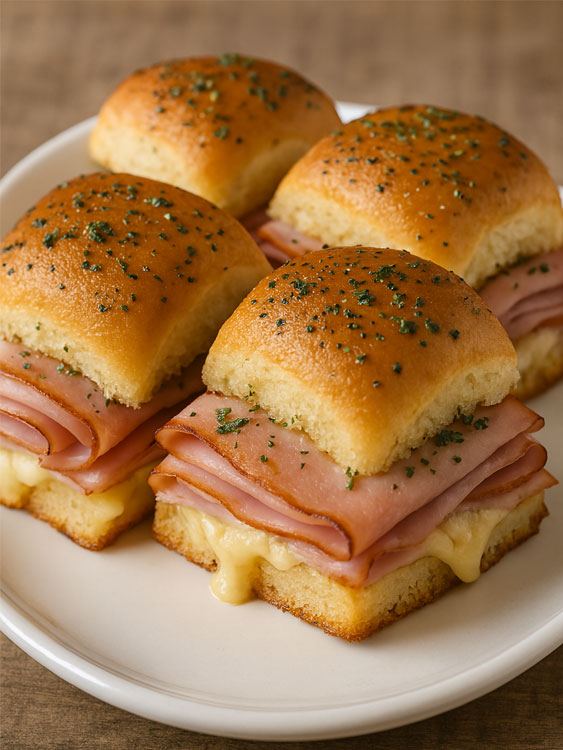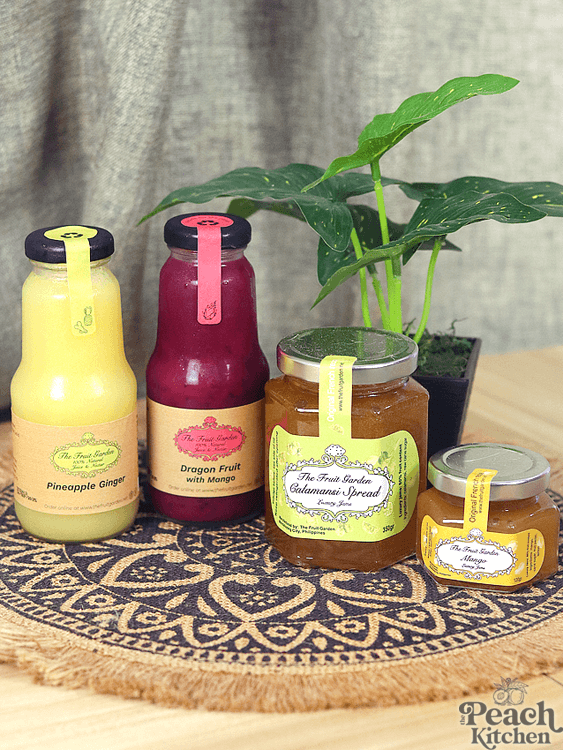Halogen ovens look like something out of a sci-fi movie mixed with a food chopper that you would see on late-night television. But the thing is, they actually work quite simply, utilizing halogen lighting to produce heat that is spread by a fan throughout the oven.
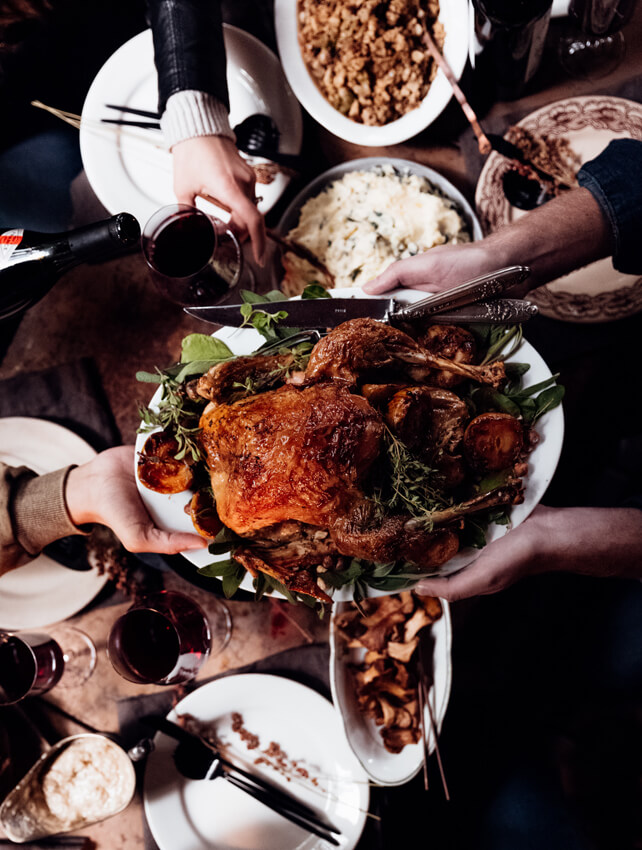
Controlled by a thermostat, the light knows when to activate without you having to activate it manually. They are far smaller than a conventional oven and, astonishingly, they are able to cook food up to three times faster. With this buyers guide, you can have an intimate knowledge about just what a halogen oven does and why there should be one in your kitchen. The only downside is that most halogen ovens aren’t nearly as large as your standard conventional oven, so you won’t be able to cook huge meals in your halogen oven all at once. For that reason, it is highly recommended that you not use a halogen oven exclusively around the holidays if you typically do the cooking for your friends and family.
Can you use foil in a halogen oven?
Still, most halogen ovens — which do vary in size — can fit a sizable oven dish that can hold most any meats or casseroles, providing more than enough for your family dinner each night. One common question that is asked of those interested in using a halogen oven is “can tin foil be used in the halogen oven?” The answer is yes, but it is a bit more complicated than that.
Tin foil can be used, but it is recommended that it should only be used if the edges of the tin foil are securely tucked around the sides of the dish. If the foil is loose, the fan on the inside of the halogen oven will blow that foil off. This is dangerous for the halogen oven because when the foil is loose, it could float around and damage the heating element. Additionally, aluminum foil can help prevent your food from browning too quickly, but if it is blowing around the inside of the oven, it is not doing its job and will defeat the purpose of using it.
Do you need to preheat halogen ovens?
Though the halogen oven can cook meals far quicker than a conventional oven, it does require a preheat. Still, as some conventional ovens can take 10 or 15 minutes to preheat, a halogen oven needs only a few minutes to do so and some even come with a preheat button.
From here, you will need to set the time and the temperature to start the machine itself. Always make sure that the lid is in the proper position before turning on the halogen oven as heat can escape and not only prolong your cook time, but can be dangerous as well.
Halogen ovens can save both space and time, allowing you to prepare your nightly family meal far quicker than you may have done in the past. Your conventional oven will become a thing of the past as quickly as it takes to make your first meal inside your new halogen oven and you will develop a relationship with the halogen oven that you never knew possible with a kitchen appliance.


